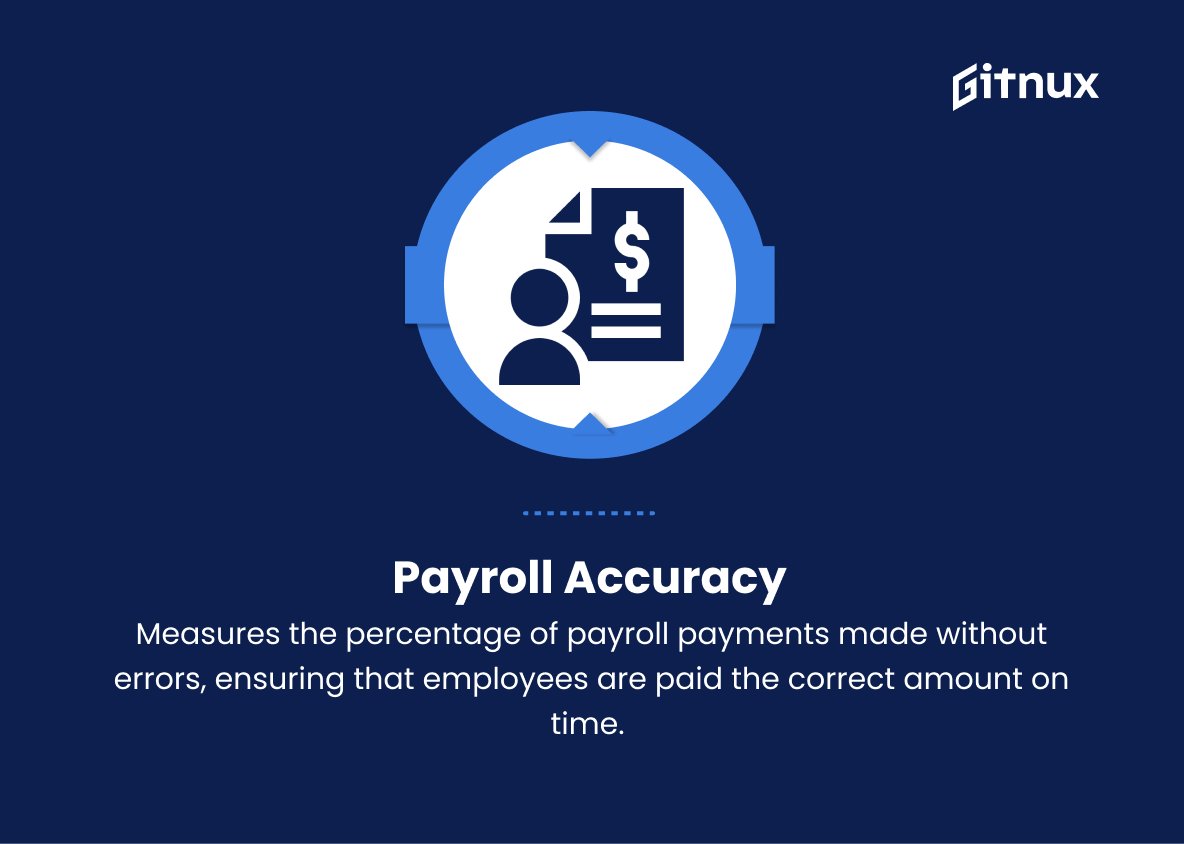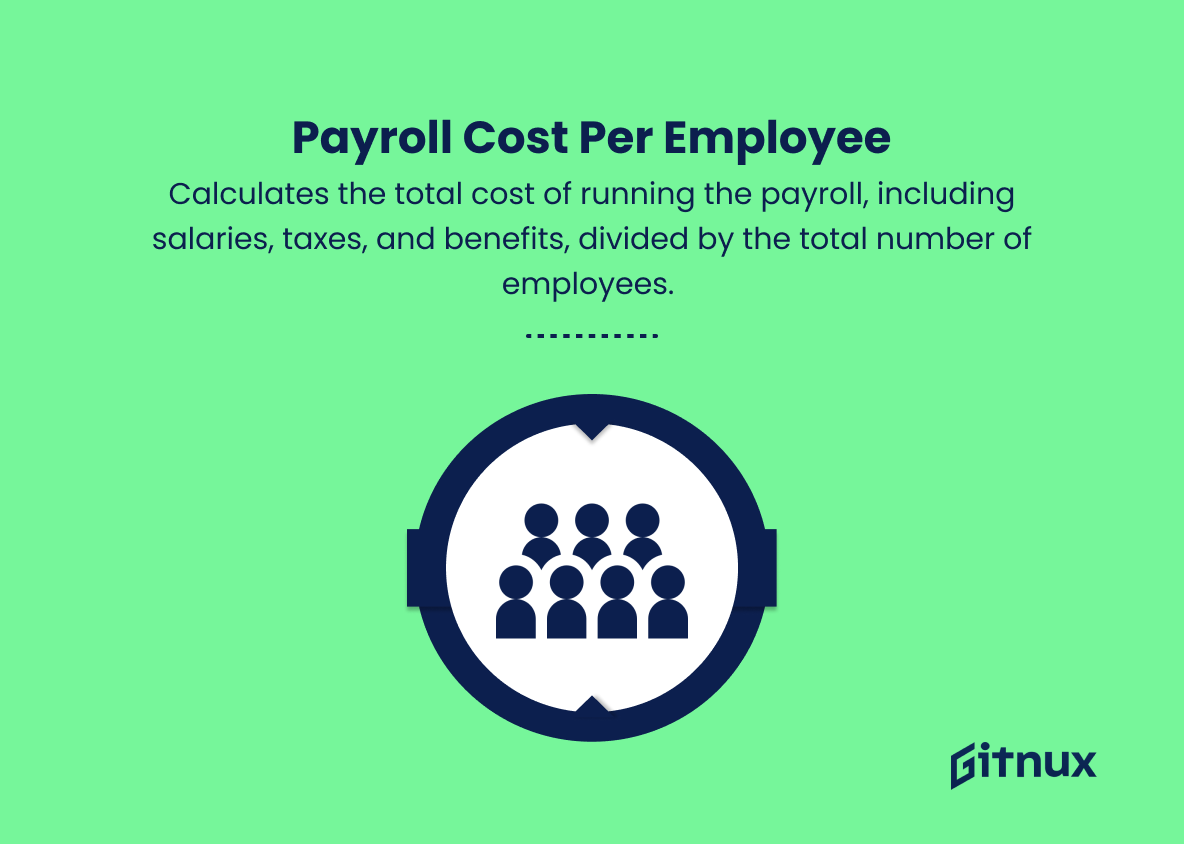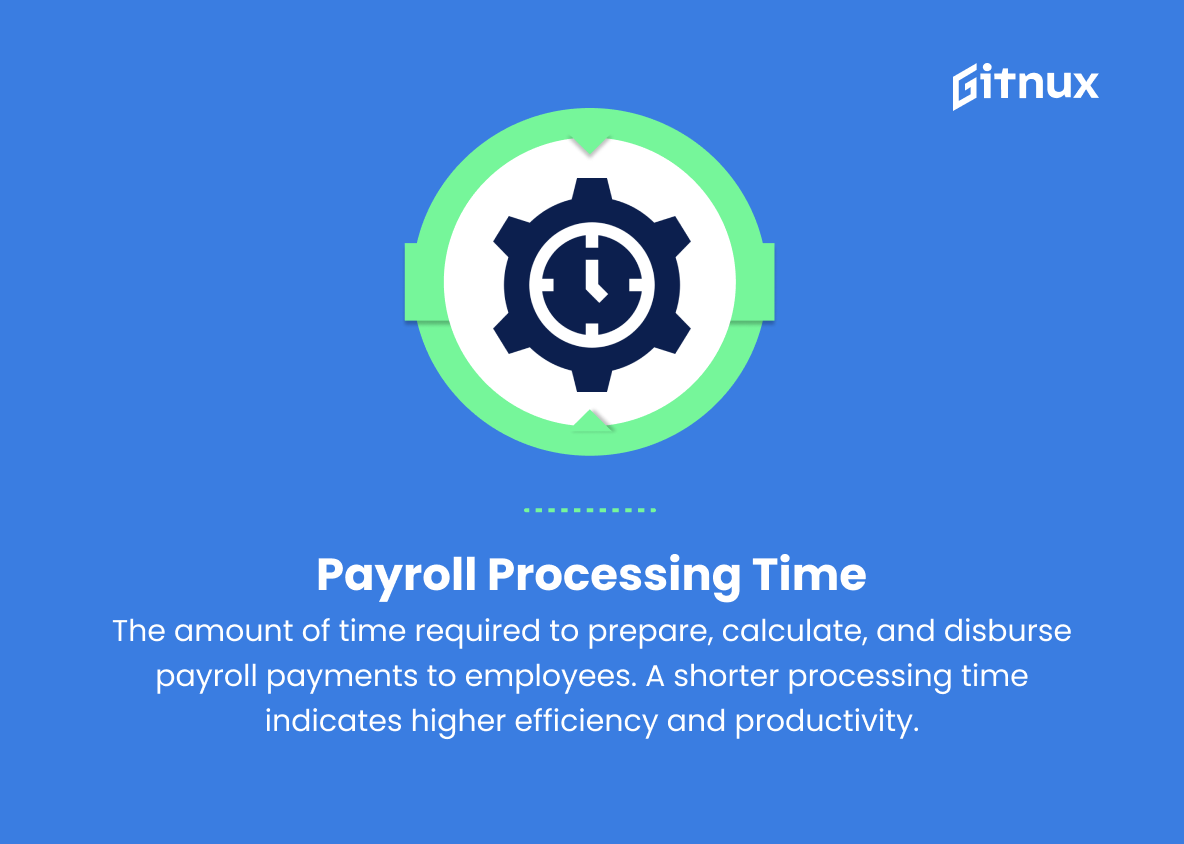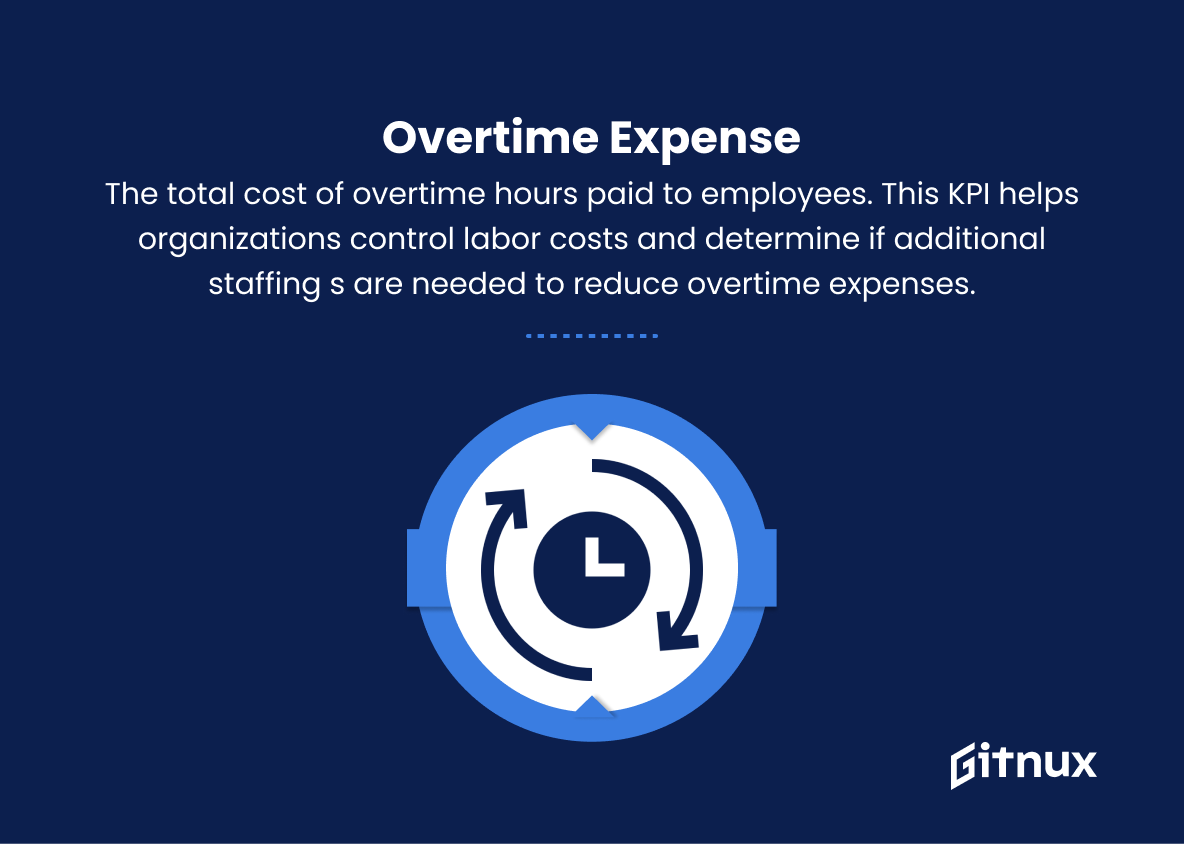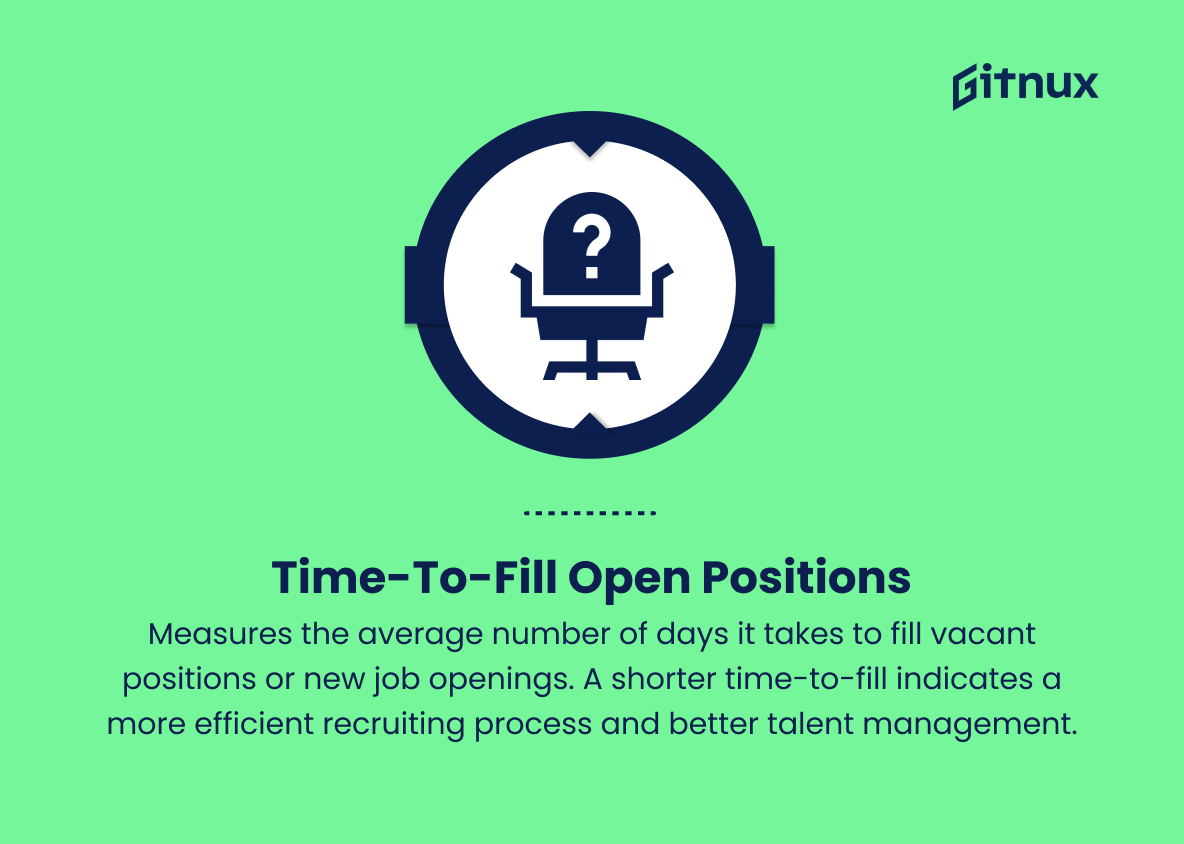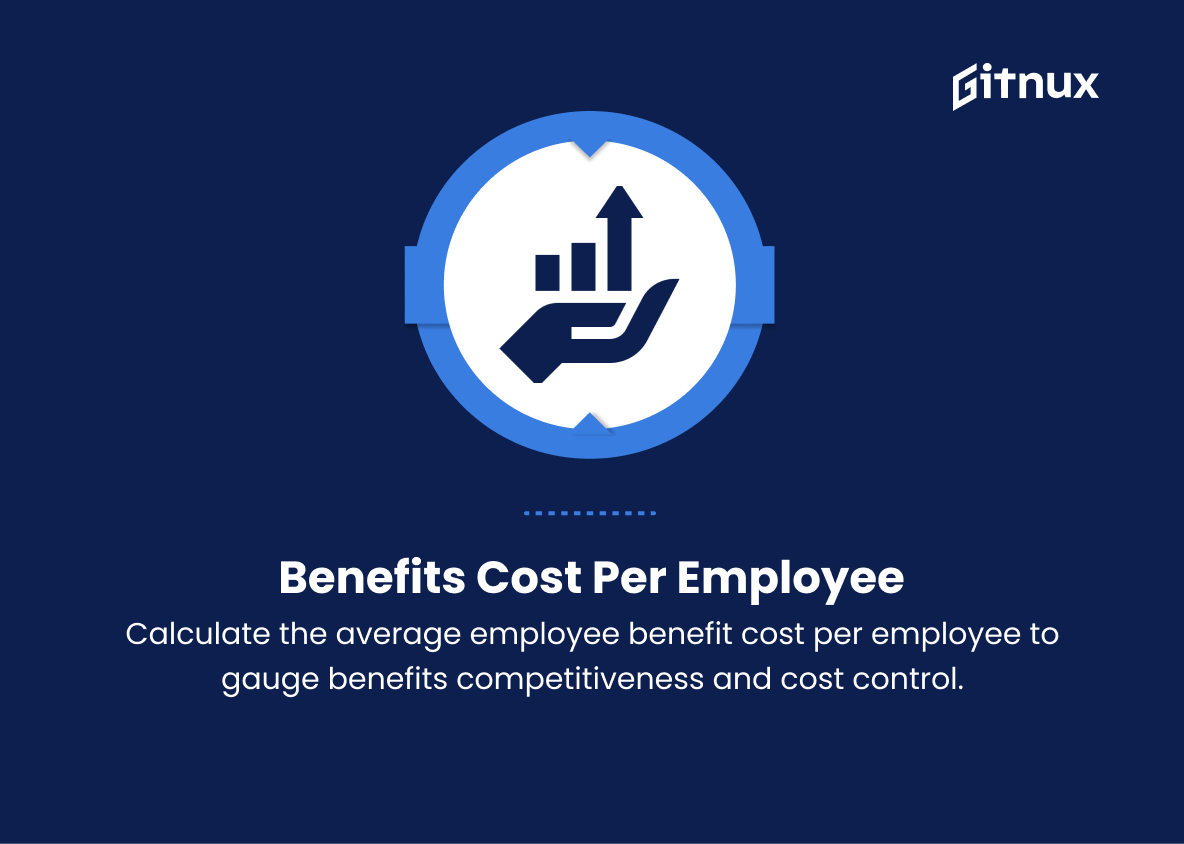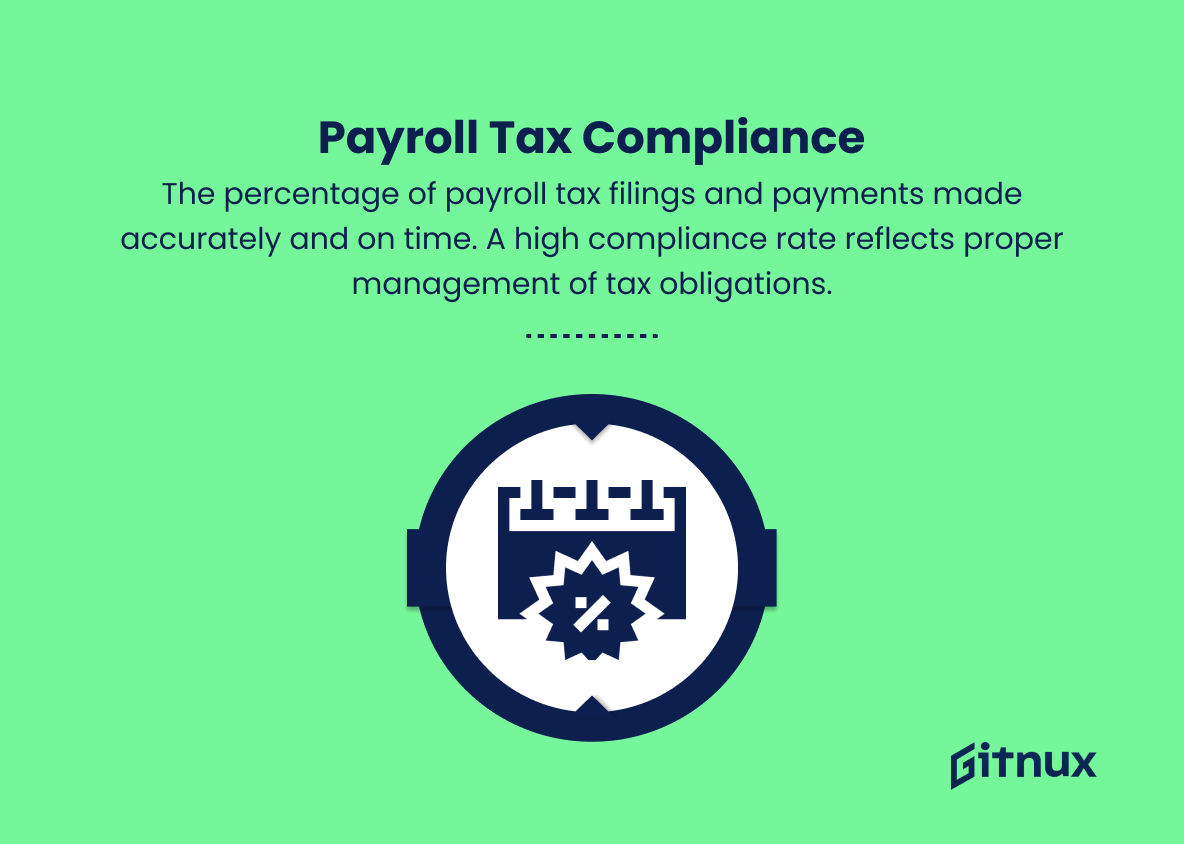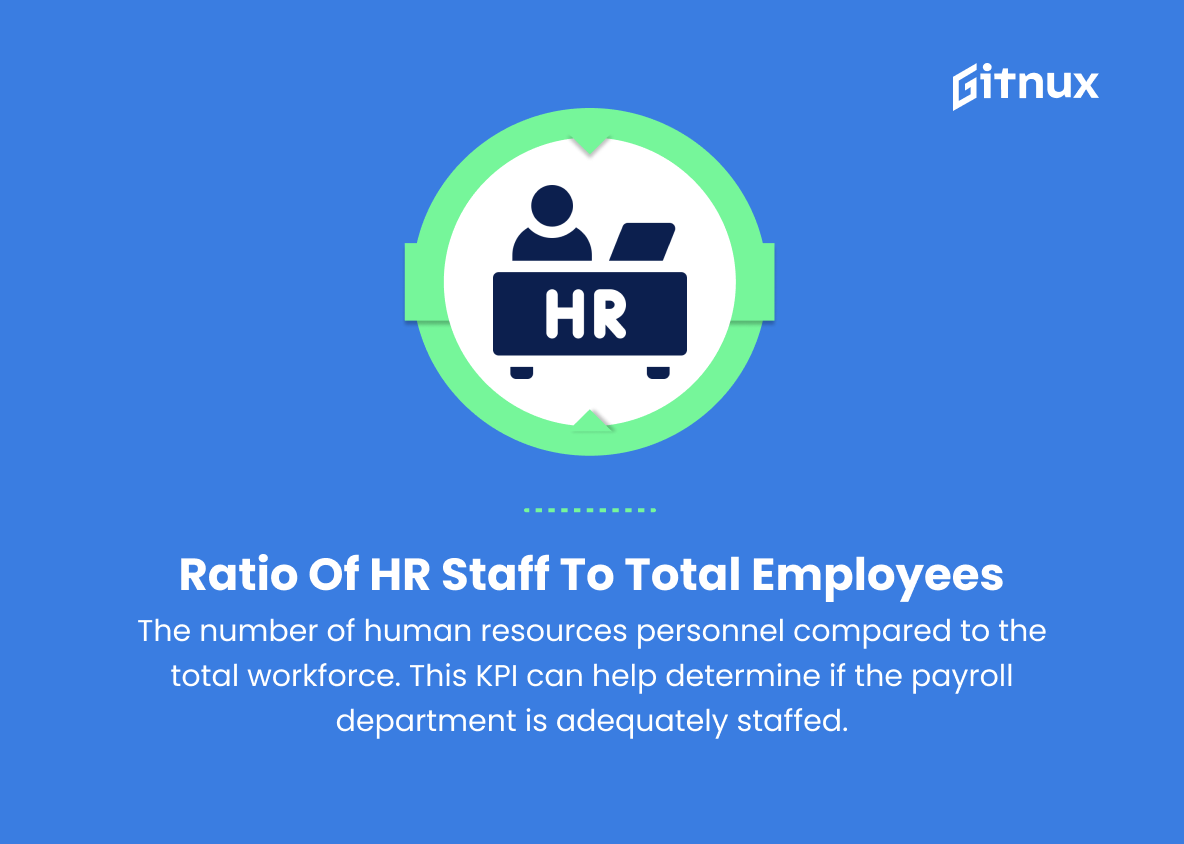In today’s competitive business environment, effective management of payroll processes is critical for organizations seeking to maximize productivity, optimize human capital investments, and maintain employee satisfaction. To ensure the seamless operation and strategic oversight of this critical function, it is essential to monitor and measure critical payroll key performance indicators (KPIs).
These KPIs enable an organization to assess the effectiveness of its payroll management system, identify areas for improvement, and align payroll practices with overall business goals. This blog post examines some of the most important payroll KPIs, discusses their importance, and provides insight into how organizations can use these metrics to drive improved performance and employee satisfaction.
Payroll KPIs You Should Know
1. Payroll accuracy
Measures the percentage of payroll payments made without errors, ensuring that employees are paid the correct amount on time. A higher accuracy rate indicates a more efficient and reliable payroll process.
2. Payroll cost per employee
Calculates the total cost of running the payroll, including salaries, taxes, and benefits, divided by the total number of employees. This KPI helps to identify opportunities for optimizing resources and reducing expenses.
3. Payroll processing time
The amount of time required to prepare, calculate, and disburse payroll payments to employees. A shorter processing time indicates higher efficiency and productivity.
Payroll KPIs play a crucial role in ensuring an organization’s financial stability and employee satisfaction.4. Overtime expense
The total cost of overtime hours paid to employees. This KPI helps organizations control labor costs and determine if additional staffing or process improvements are needed to reduce overtime expenses.
5. Time-to-fill open positions
Measures the average number of days it takes to fill vacant positions or new job openings. A shorter time-to-fill indicates a more efficient recruiting process and better talent management.
6. Employee turnover rate
The percentage of employees who leave the organization over a specific period, either voluntarily or involuntarily. A high turnover rate can be a sign of employee dissatisfaction or poor management practices.
In today’s competitive business landscape, effective management of payroll processes is crucial for organizations looking to maximize productivity, optimize human resource investments, and maintain employees’ satisfaction.7. Benefits cost per employee
The average cost of employee benefits (e.g., medical, dental, retirement, etc.) divided by the total number of employees. This KPI helps organizations assess the competitiveness of their benefits package and control benefit costs.
8. Payroll tax compliance
The percentage of payroll tax filings and payments made accurately and on time. A high compliance rate reflects proper management of tax obligations and minimizes the risk of penalties or legal issues.
9. Ratio of HR staff to total employees
The number of human resources personnel compared to the total workforce. This KPI can help determine if the payroll department is adequately staffed to manage payroll tasks and support the organization’s growth.
10. Manual payroll adjustments
The number of manual adjustments made to payroll records, such as correcting errors or updating employee information. A high number of manual adjustments may indicate inefficiencies and errors in the payroll process.
Payroll KPIs Explained
Payroll KPIs play a critical role in ensuring an organization’s financial stability and employee satisfaction. Payroll accuracy ensures that employees receive their due pay without errors, which builds trust and prevents disputes. Payroll cost per employee helps identify cost optimization opportunities, while payroll processing time highlights the efficiency of the payroll team.
Monitoring overtime expenses allows organizations to control labor costs and allocate resources effectively. Time to fill open positions shows the effectiveness of the recruiting process, and a lower turnover rate indicates employee satisfaction and a well-managed work environment. The benefits cost per employee KPI helps measure the competitiveness of an organization’s benefits packages, while payroll tax compliance ensures timely and accurate tax filings, reducing the risk of penalties.
The ratio of HR staff to total employees helps determine whether a payroll team is adequately staffed, and keeping manual payroll adjustments to a minimum indicates a streamlined and efficient payroll process. In essence, these KPIs help organizations improve payroll accuracy, manage costs, and maintain overall employee satisfaction.
Conclusion
In summary, understanding and effectively using payroll KPIs is essential for companies to optimize performance, increase productivity, and maintain employee satisfaction. By regularly monitoring and analyzing key performance indicators, organizations can make informed decisions, identify discrepancies, and streamline the payroll process.
Focusing on KPIs such as payroll accuracy, processing time, error rates, and cost per employee ensures that payroll departments are operating efficiently and contributing to the overall success of the business. As businesses continue to evolve in this digital age, staying on top of the latest payroll technologies and trends is critical to maximizing the potential of payroll KPIs and ensuring a thriving work environment.
